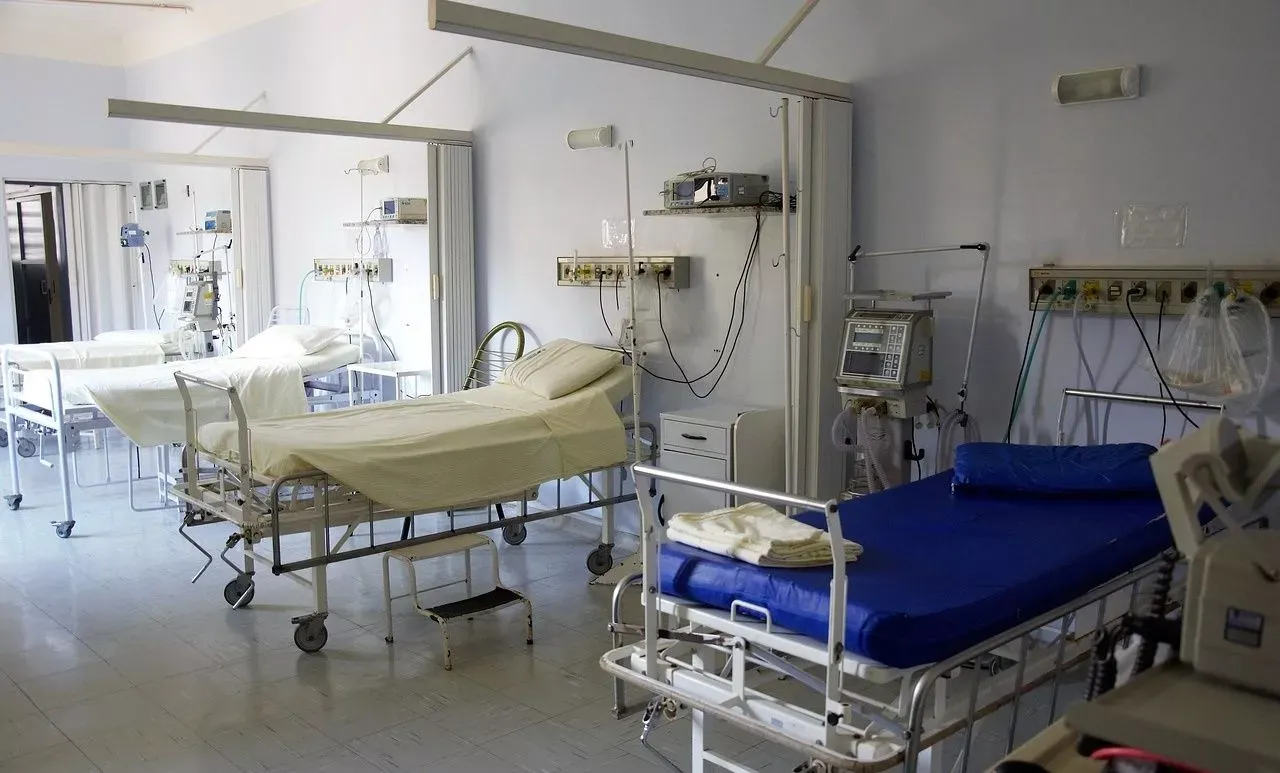The health system in Argentina is one of the most fragmented and segmented in Latin America. It is composed of three subsectors, namely public, private (prepaid medicine), and social security. It is a complex system that has high transaction costs.
Within the last 20 years, today it can be said that Argentines live longer and better, but there has been a significant deterioration in the public health system and an impoverishment of the population with the recent economic crisis.
Just a pause before we continue, did you know that the management system Ninsaúde Apolo for health clinics also works in any country you are in? Click here to find out more.
Currently, the Argentine health system has 17,845 health units, including those for public management, the private sector, and social security. Fragmentation is also done within the subsectors:
The public subsector - fragmented at the National, Provincial, and Municipal levels, is subject to regulations issued by different jurisdictions. It is important to note that one in three people in the country's population does not have social coverage and their care depends exclusively on the public sub-sector.
Private subsector - in terms of voluntary insurance (prepaid medicine), it is expressed in many entities, with coverage that reaches approximately two million and eight hundred thousand people before its population.
Social security subsector - Obligatory social insurance is organized around social, national, and provincial works, which is additional coverage for registered employees. It involves four different universes:
- National social works (285 in total, covering a population of eleven million) and, among them, the National Institute of Social Services for Retirees and Pensioners (generally known as PAMI, an acronym for Comprehensive Health Care Plan), which covers approximately three million inhabitants.
- Provincial social works (one for each province and the autonomous city of Buenos Aires), cover about five million people.
- Social works of the Armed and Security Forces, covering approximately eight hundred thousand people.
- Social works by national universities and the Legislative and Judiciary branches, with three hundred and twenty thousand beneficiaries.
Union social works, PAMI, and provincial social works together provide coverage for around 22 million people, according to statistics available from the Health Services Superintendence.
According to data from the 2010 Census (the last available), 36% of the population does not have medical coverage, does not have social security (PAMI and union social works) or the ability to pay for private services, and is served in hospitals and health centers. public health.

Available resources
Of the 17,845 health units in Argentina (including those of public management, social security, and the private sector), 14,534 are establishments without hospitalization, of which 6,456 are in the public sector (a 45% share). The remainder, equivalent to 3,311 health units, are establishments with hospitalization, of which 1,271 are in the public sub-sector (38%).
As for hospital beds in Argentina, the number is 5 beds for every 1000 people. Hospital beds include indoor beds available in public, private, general, and specialized hospitals and rehabilitation centers. In most cases, beds for intense and chronic care are included.
It is worth mentioning that since the level of hospitalization services required for each country depends on several factors - such as demographic issues and the burden of disease - there is no global objective for the number of hospital beds per country. Thus, while 2 beds per 1,000 in one country may be sufficient, 2 beds per 1,000 in another may be insufficiently inadequate due to the number of people hospitalized for illness.

Number of doctors
In the country, there are 172,502 doctors in public and private services. The country's average is 3.96 doctors per 1,000 inhabitants. In the international comparison, Argentina is positioned at the same level as several countries such as Spain, Switzerland, Italy, and Australia. Compared to Brazil, for example, Argentina doubles the number of doctors for every thousand and almost quadruples when compared to the number of inhabitants of Chile and Peru.
Inequalities in the Argentine health system
The percentage of people cared for in public hospitals and health centers across the country conceals significant inequalities, as there are major differences between provinces.
The contrast is evident when one observes that in the country's capital there are 10.2 doctors and 7.3 beds per 1,000 inhabitants, compared to the province of Misiones, for example, where the numbers are 1.2 and 1.1 respectively.
While in Chubut, Tierra del Fuego, and CABA (Autonomous City of Buenos Aires) the population without coverage is less than 30%, in Chaco, Formosa, and Santiago del Estero the figure exceeds 50%.

In summary: for every 10 people in the population, almost 6 are affiliated with a social service; less than 1 to prepaid medication companies (directly or via social services), and 3 are not affiliated with any system.
Source: Argentine Ministry of Health

